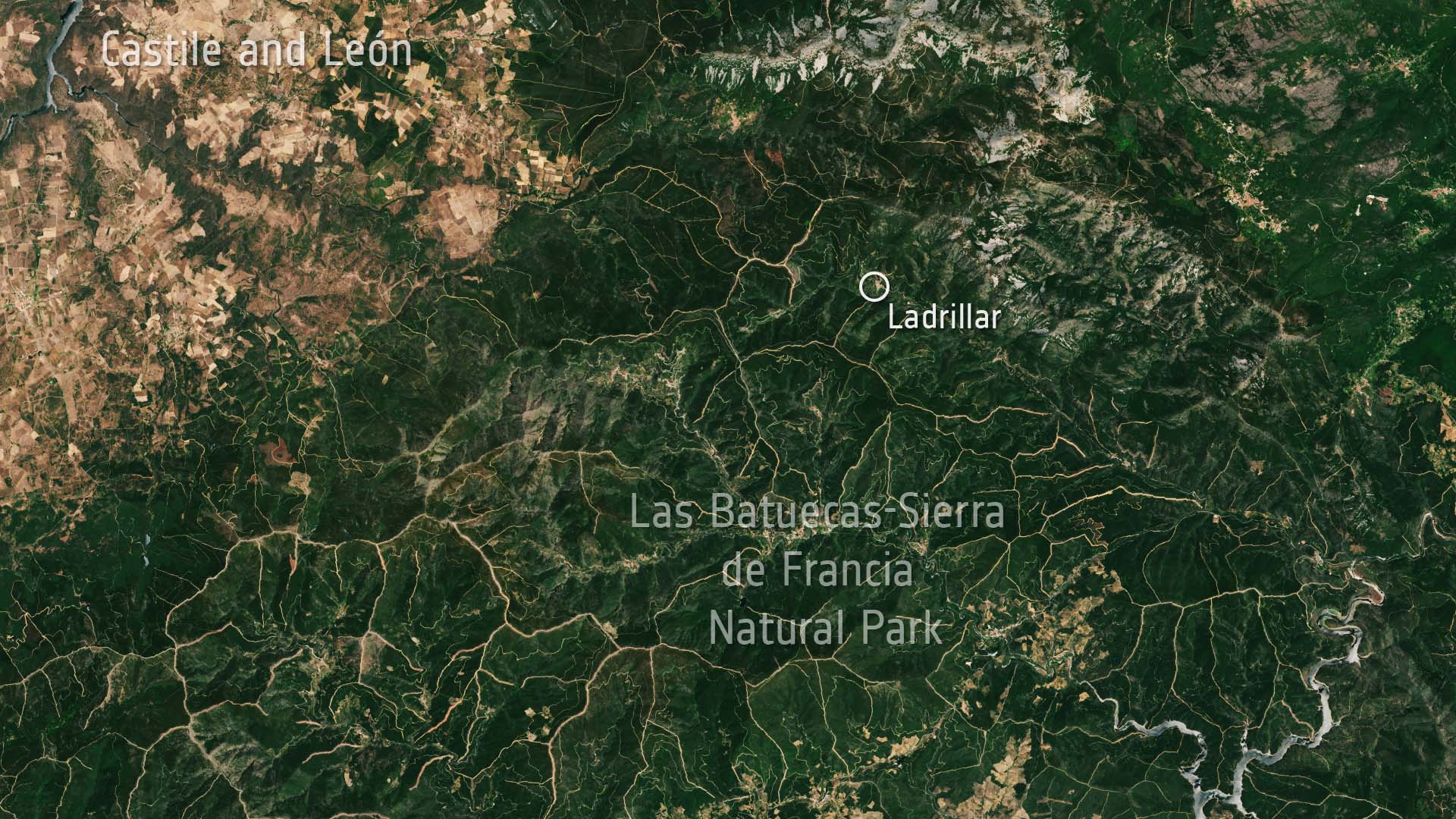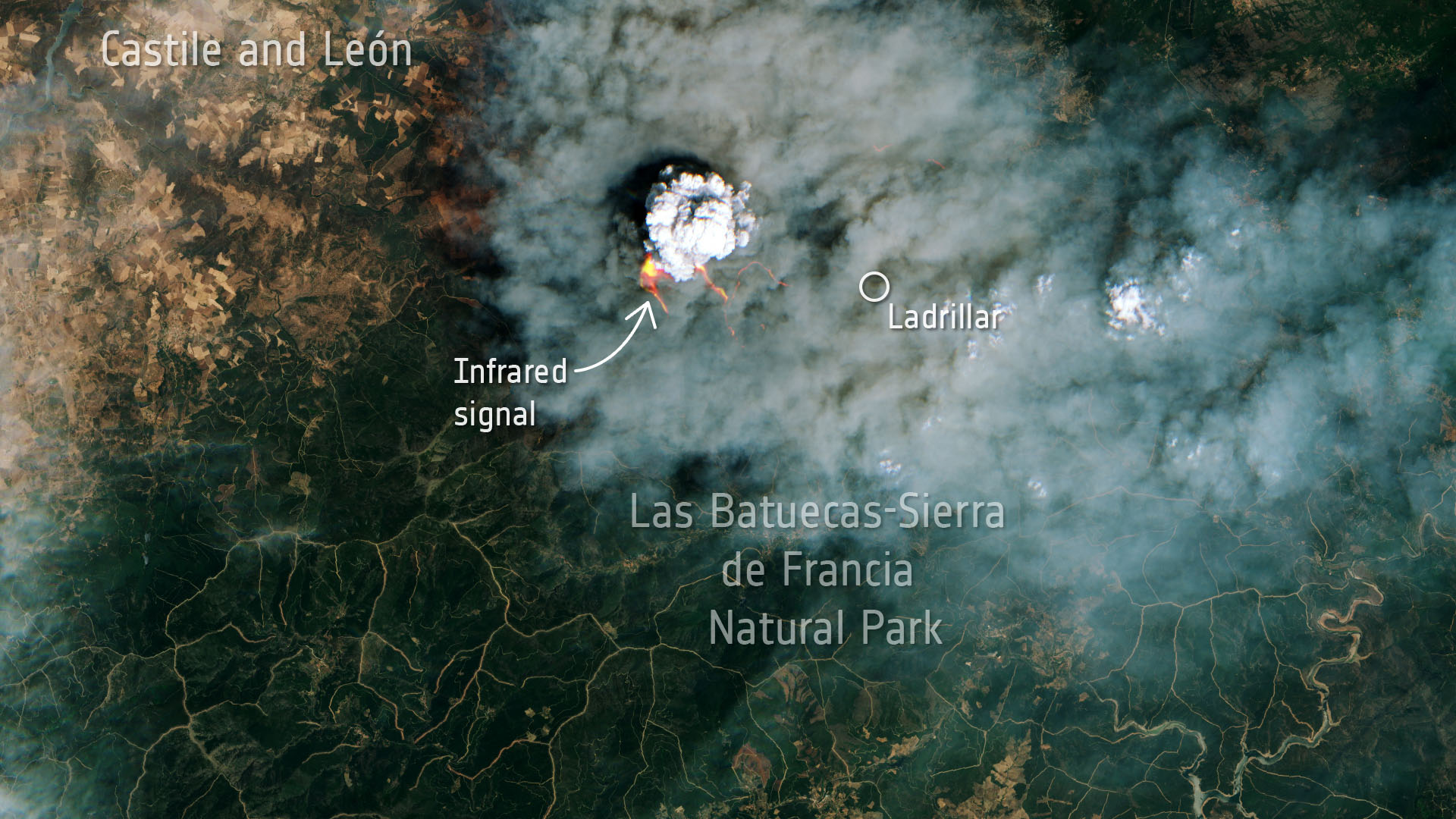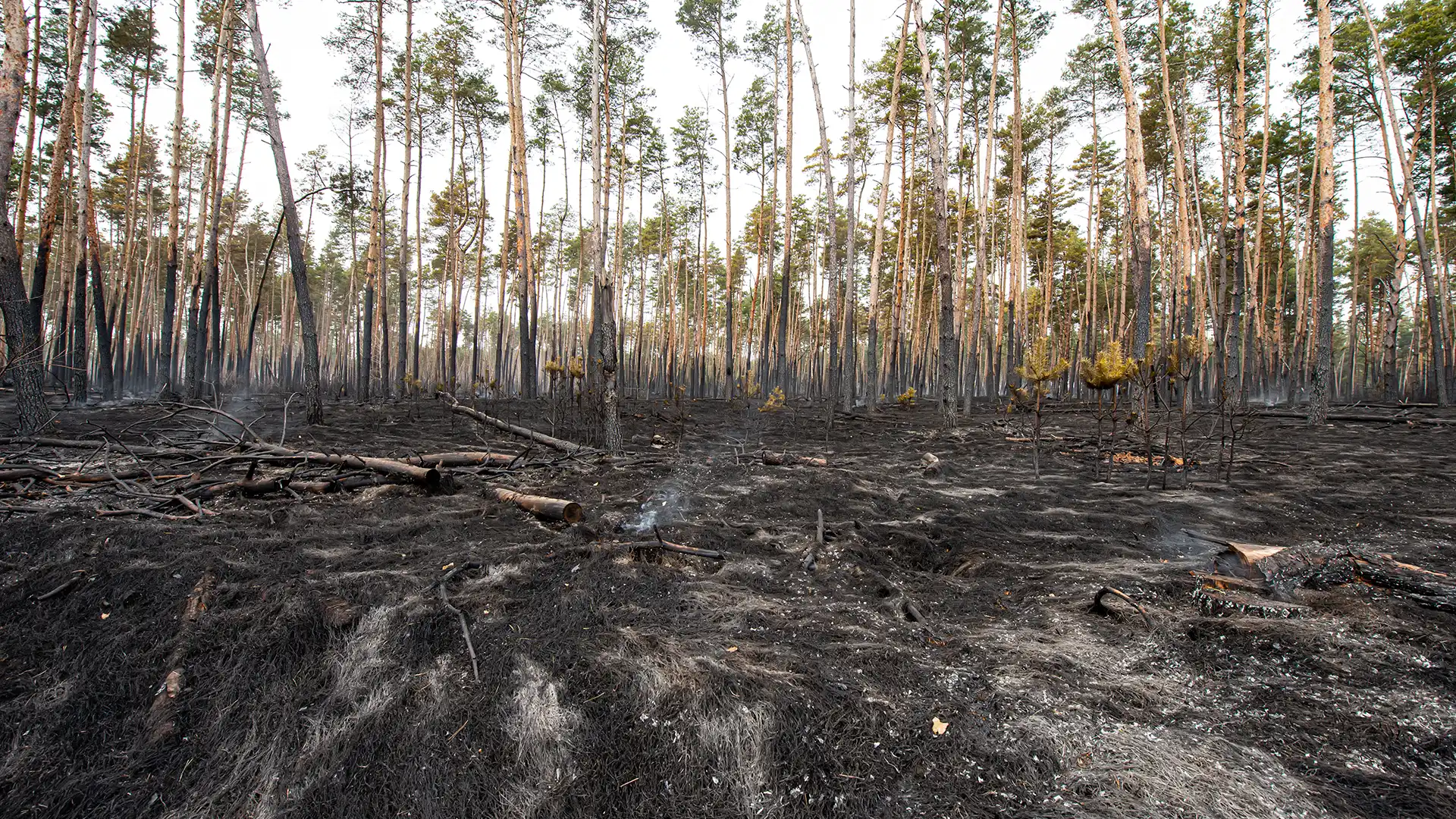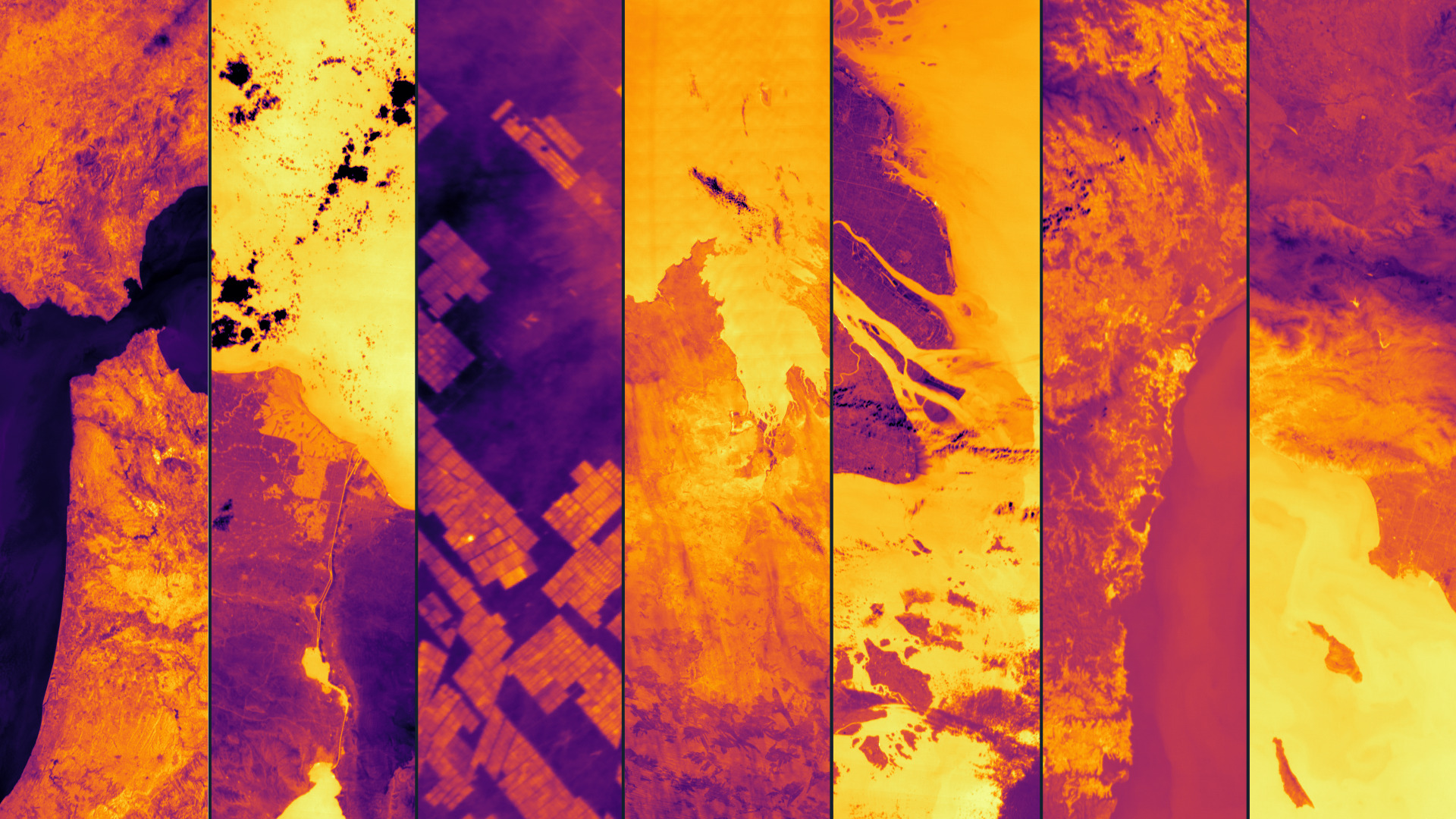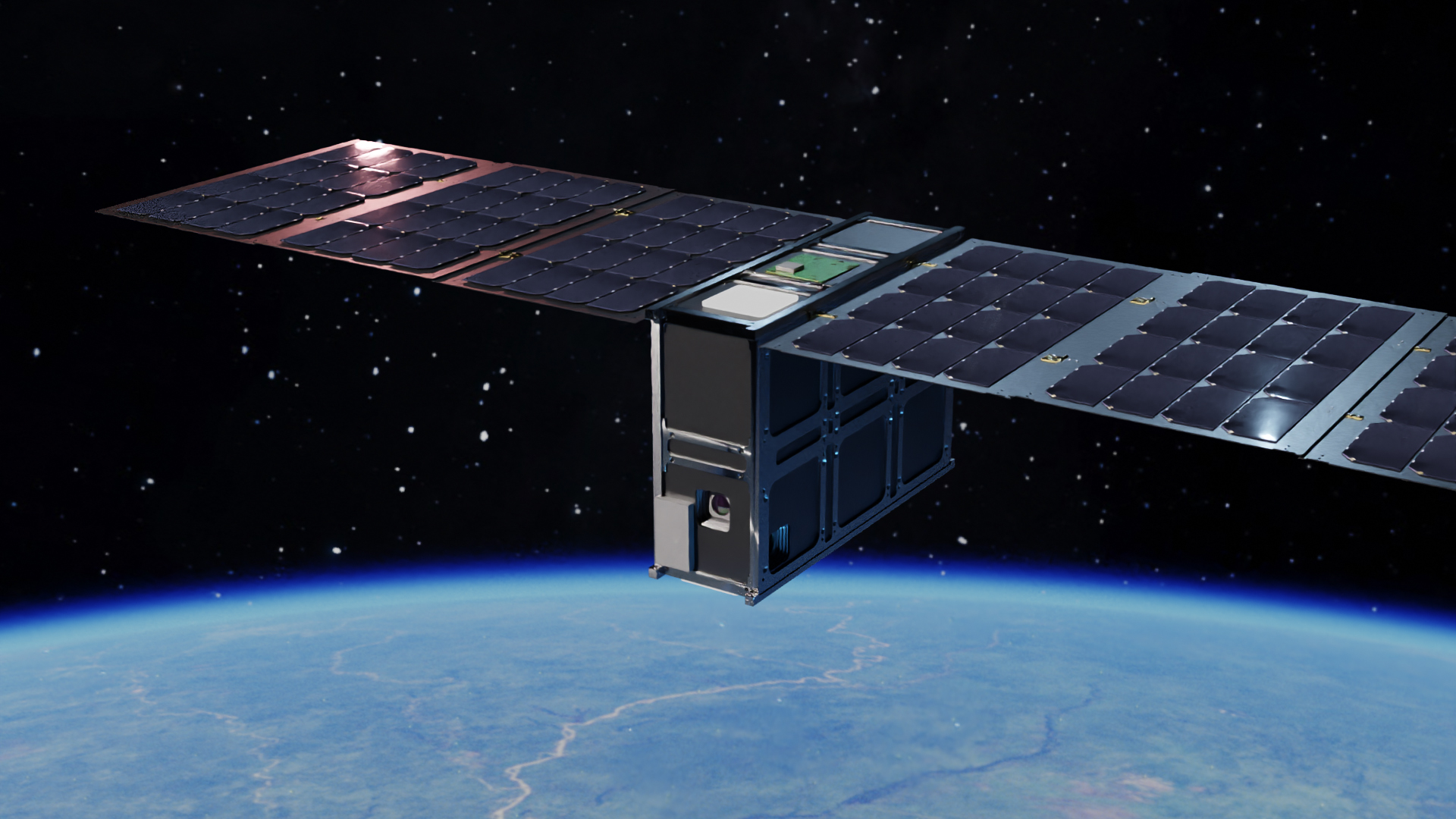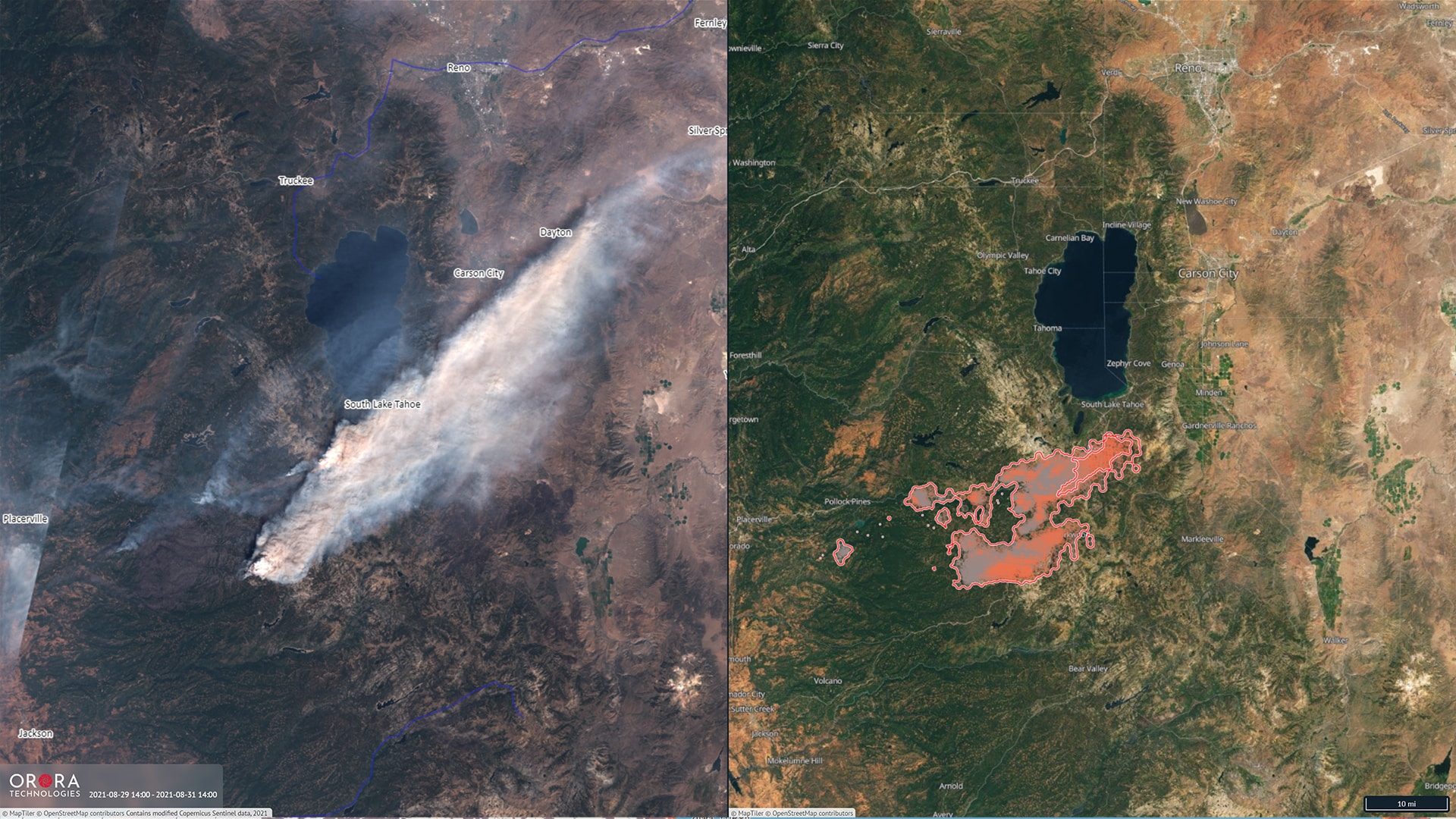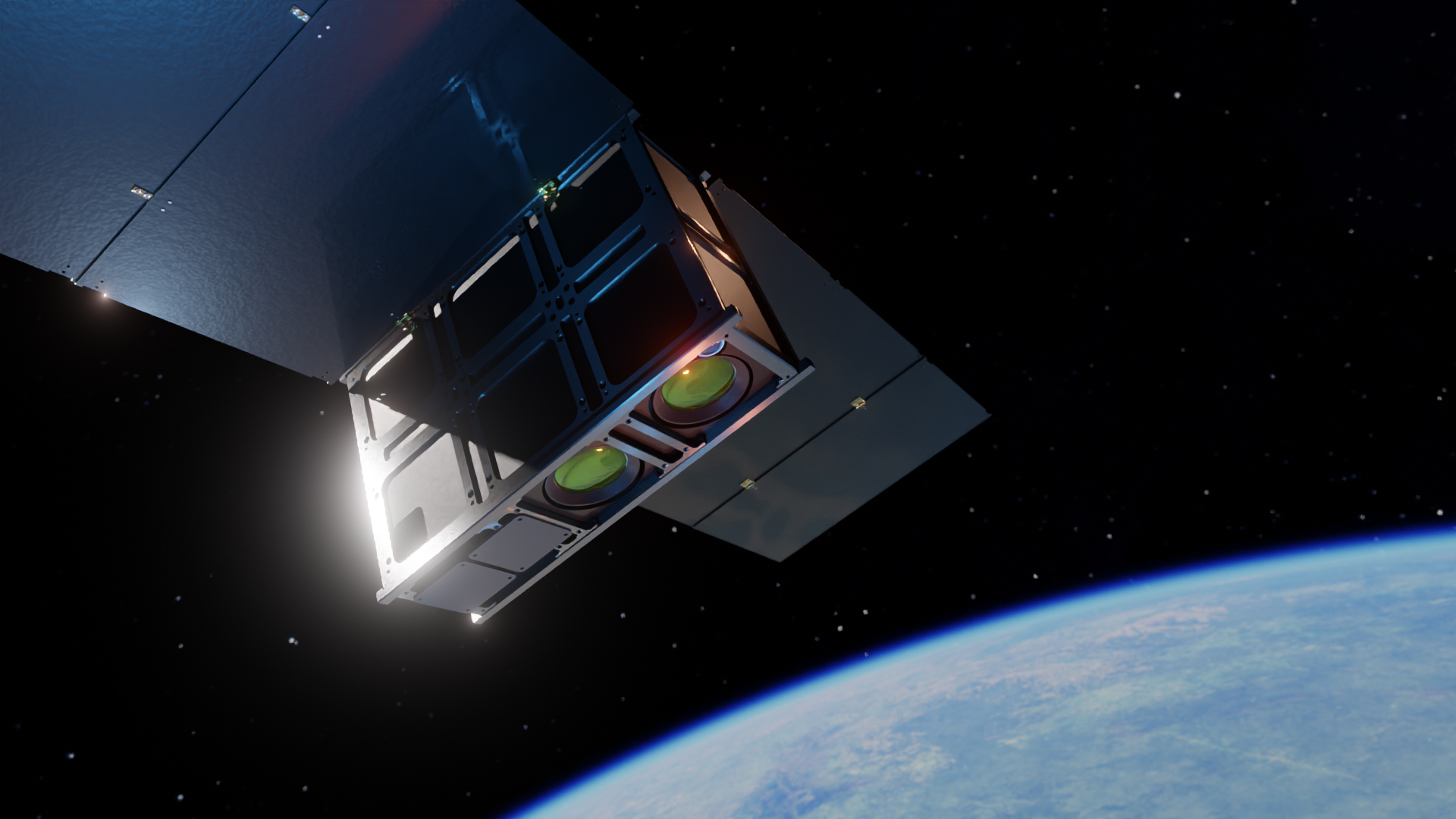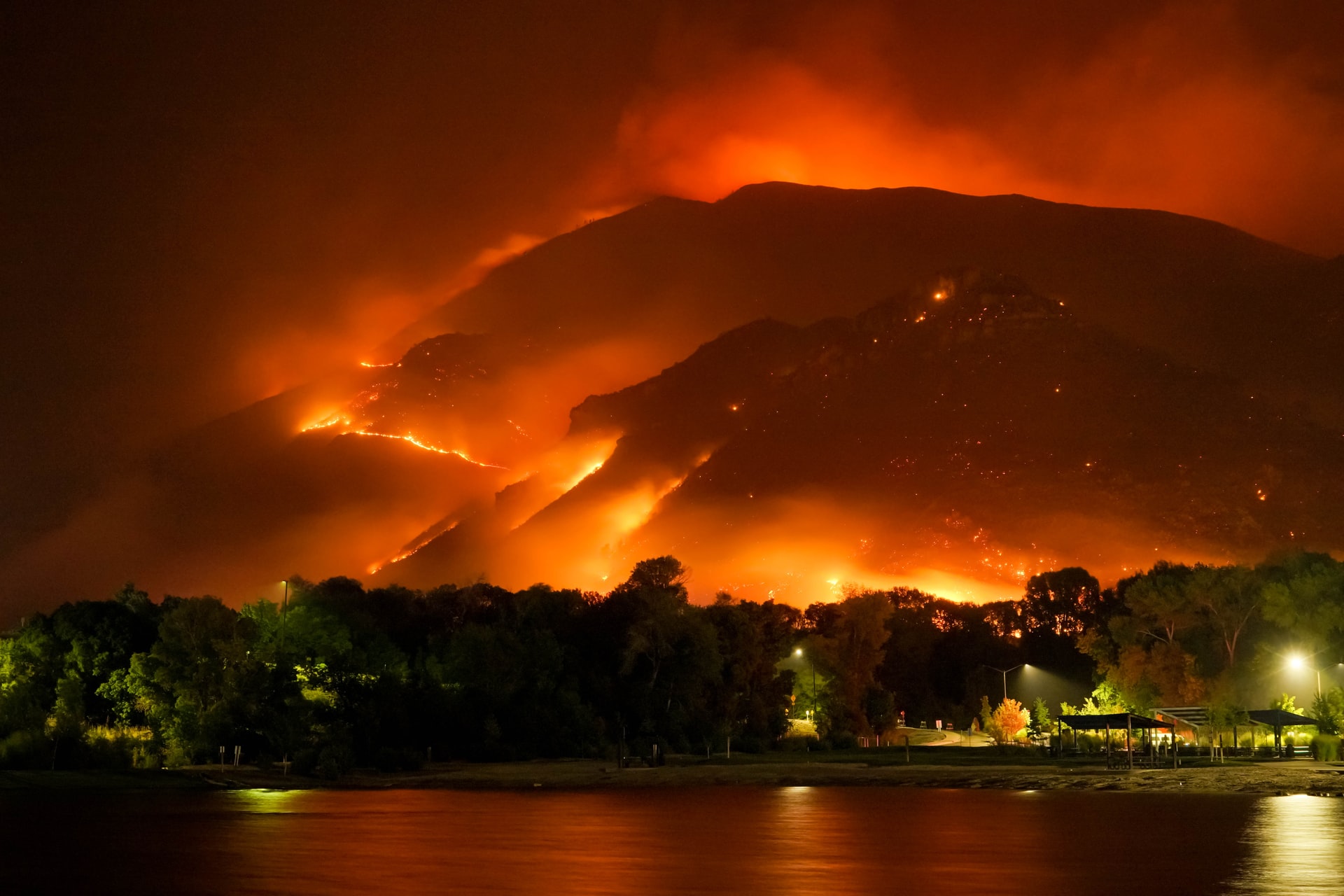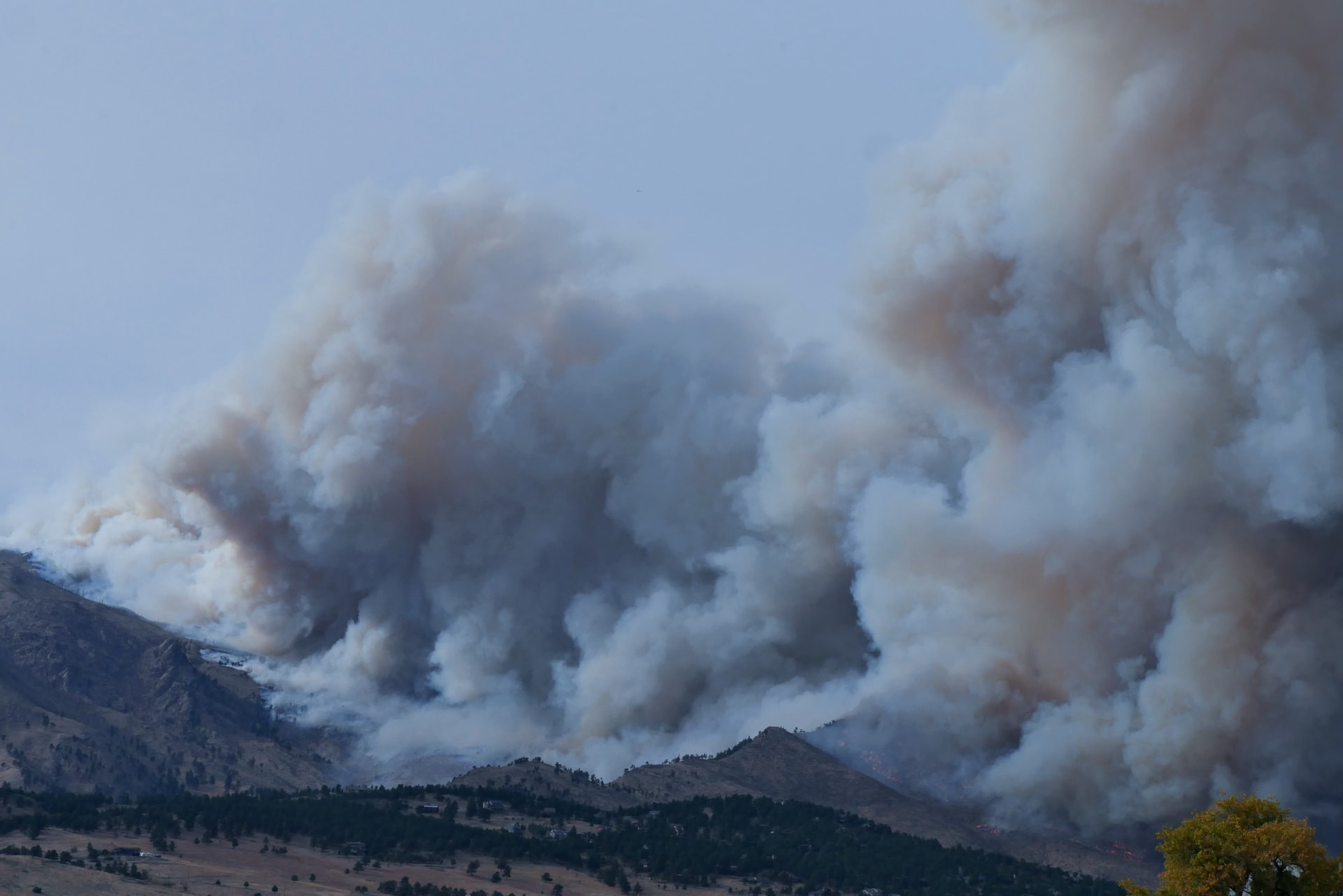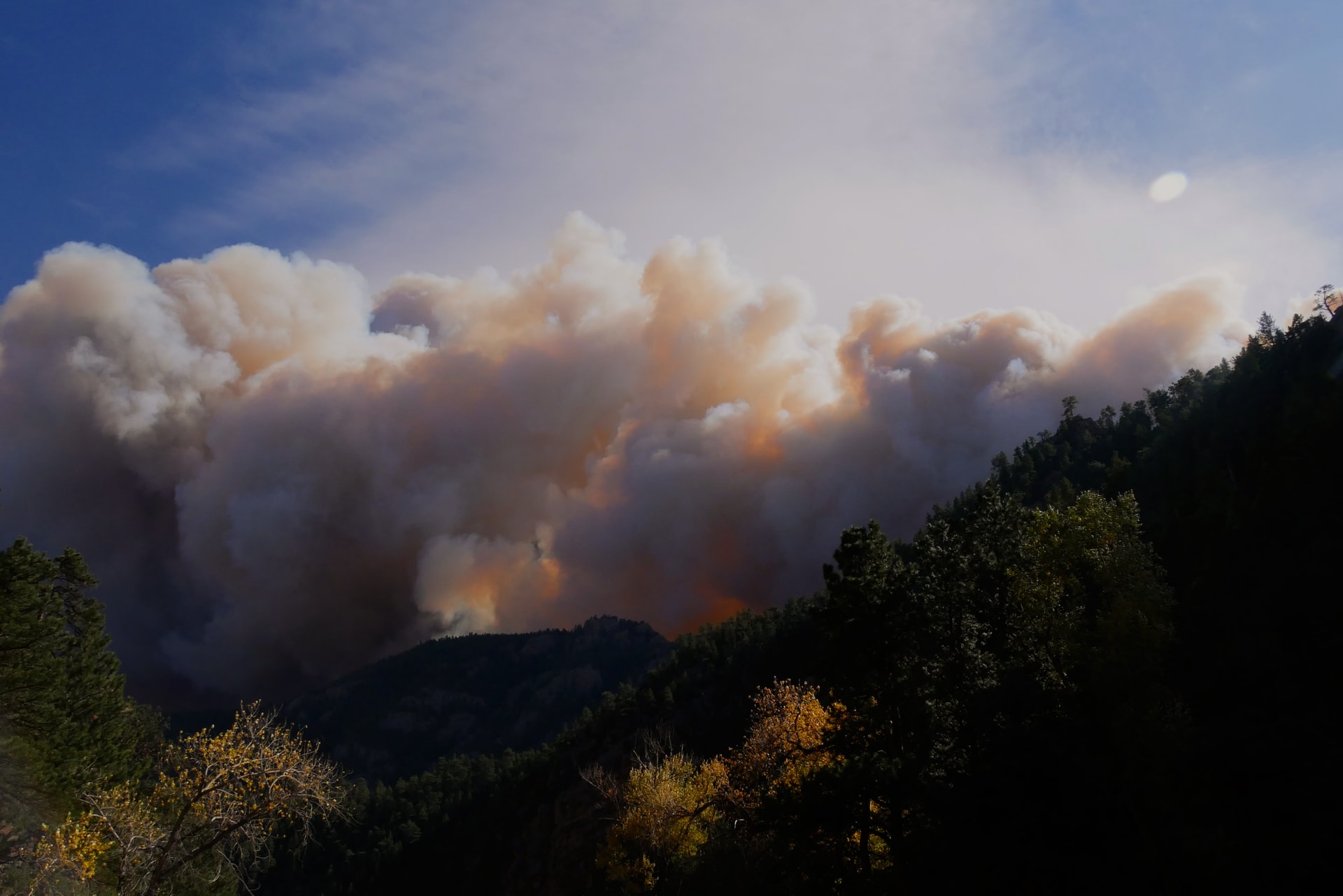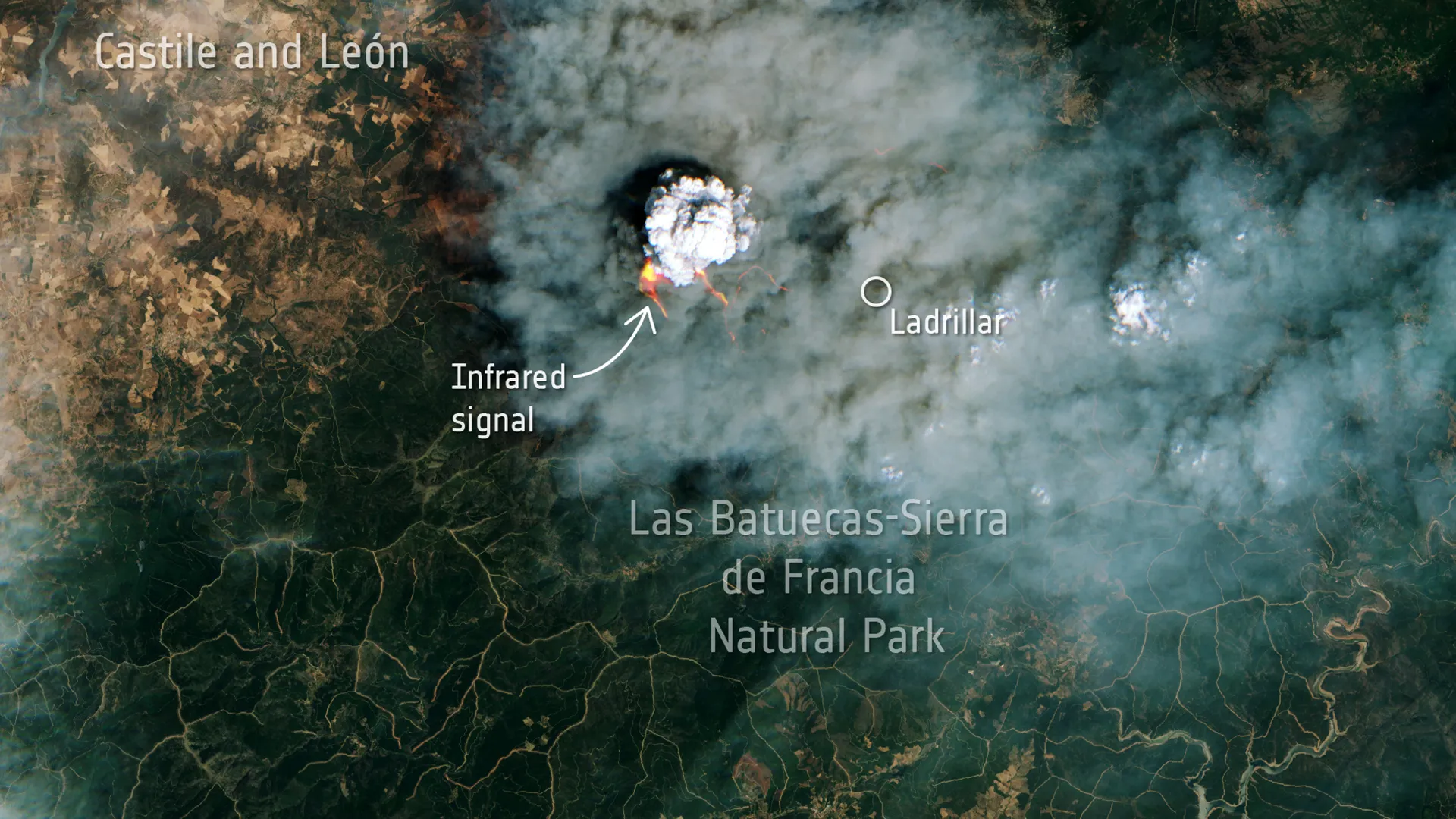
OroraTech achieves breakthrough in wildfire detection
Published on Sun, 12.02.2023 – 11:17 CET in Downstream, covering OroraTechOne of the consequences of climate change is forest fires, which are becoming more frequent in Germany due to the lack of rain. In 2022 alone, almost 4,300 hectares of forest will be destroyed by fire. A key factor is the time that elapses between the outbreak of a fire and its detection. Munich-based start-up OroraTech is now using space technology to reduce this time to three minutes.
Currently, it takes an average of 90 minutes for a forest fire to be discovered after it has started. During this time, the flames can spread unchecked and, in the worst case, cause a wildfire that may not be extinguished for days or weeks. This not only poses a threat to property, life and limb, but also has implications for climate change. Worldwide, fires release around 8 billion tonnes of CO2 each year, more than the entire global transport sector.
Wildfire detection from space in three minutes
Until now, conventional methods have often been used to monitor forests for potential fires. However, these methods have a major drawback: for example, only existing fires can be detected from fire watch towers - based on smoke columns. Once a fire has broken out, visual monitoring from aircraft, for example, is almost impossible because the dense smoke makes it impossible to see the actual fire. Satellites, on the other hand, can monitor a large area from space without the need for a permanent human presence. In addition, heat sources can be detected through clouds and smoke plumes. It is therefore obvious to use Earth observation technology.
Wir wissen durch die enge Zusammenarbeit mit unseren Kund:innen, dass Zeit der kritischste Faktor in der Waldbrandbekämpfung ist. Unsere Technologie ist daher besonders für die Branchen interessant, in denen Echtzeitdaten entscheidend sind. Dazu gehören der Naturschutz, die kommerzielle Forst- und Landwirtschaft, aber auch Versicherungen, die Lebensmittelsicherheit oder die Überwachung kritischer Infrastrukturen
Thomas Gruebler, CEO OroraTech
Satellites on their own will not solve the problem
But Earth observation satellites also have a disadvantage that should not be overlooked. Many of them orbit the Earth in sun-synchronous orbits, meaning that they pass over every point on the planet at the same time. This makes it possible to make long-term observations, but the time of the pass is crucial. It turns out that forest fires tend to break out in the afternoon - after the sun has passed its zenith and the surface has heated up accordingly. If a satellite passes over these critical points in the morning, valuable hours pass before the next pass, during which a forest fire may go undetected. Increasing the number of satellites will only go so far in solving this problem, as the data collected also needs to be sent back to earth. At present, this can only be done if a satellite flies over a ground station that can receive the data.
Need for combination of data collection and transmission
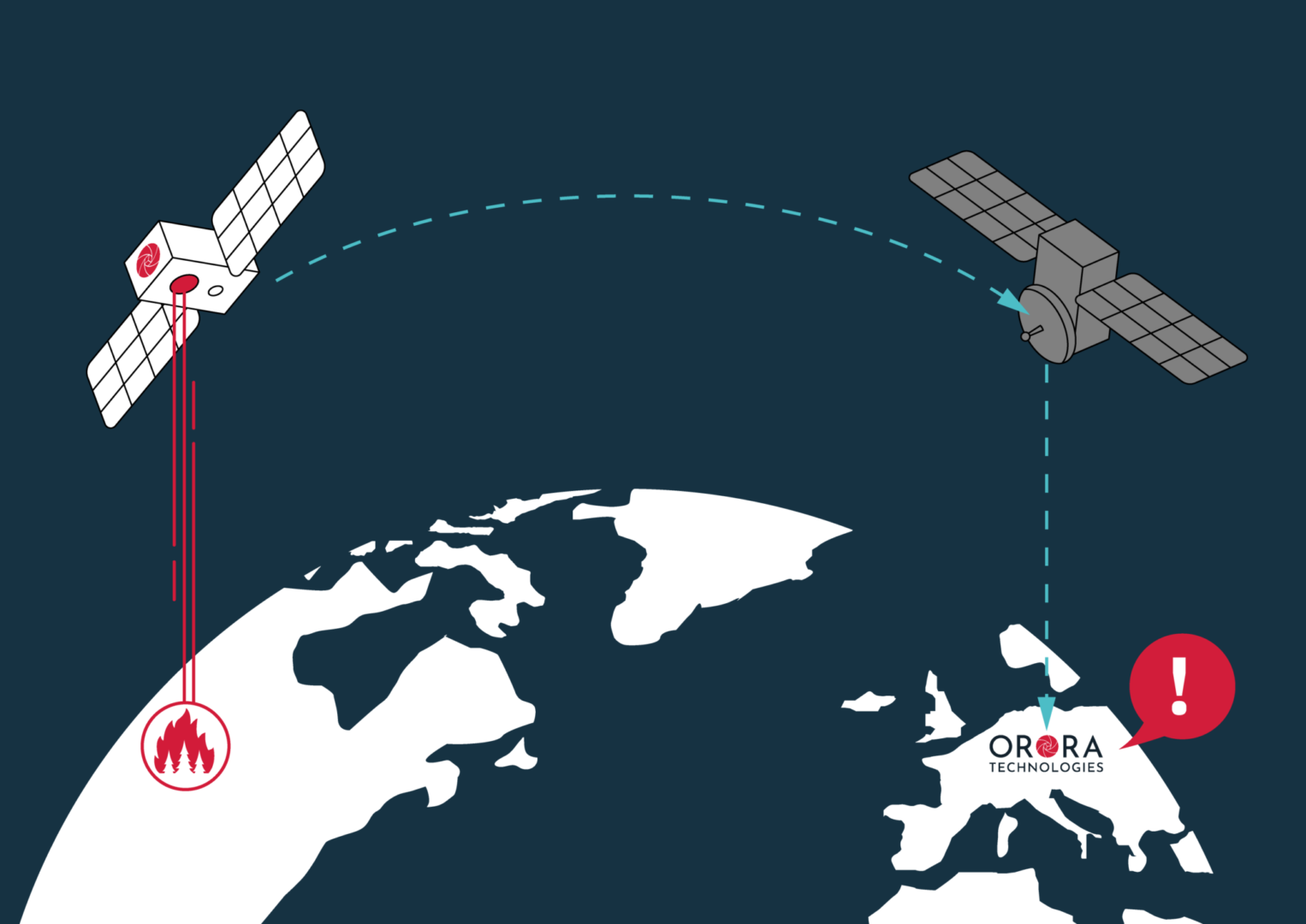
The solution is data exchange between satellites. The principle is as simple as it is ingenious. When a satellite passes over a fire, it immediately transmits data to the next satellite flying over a ground station. This approach has enabled OroraTech to reduce the time between fire detection and alerting from the current 90 minutes to three minutes. The fire data records are transmitted in compressed form, providing an additional time advantage.
FOREST-1 to enable real-time forest fire detection
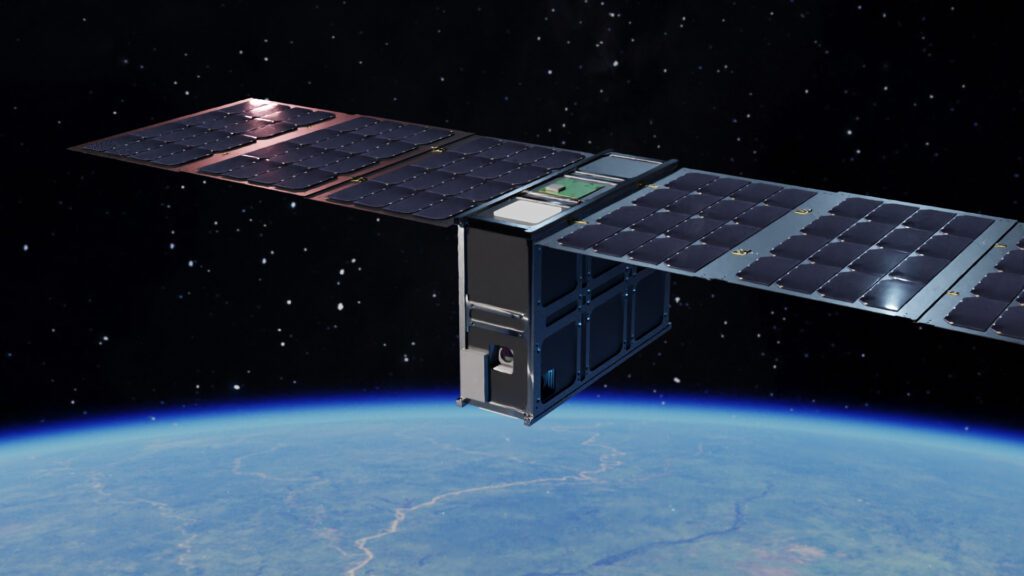
OroraTech's first own satellite, FOREST-1, has been in space since January 2022. As a technology demonstrator, it goes a step further than previous satellites of its kind. The data it collects will be processed directly in orbit. This will also save valuable time in the early detection of forest fires. Another FOREST satellite is scheduled for launch in mid-2023, and a full constellation of eight satellites will be operational from 2024. According to the company, a limited number of customers can already pre-order the service.
Forest fire near Salamanca: before and after;
© contains modified Copernicus Sentinel data (2022), processed by ESA, CC BY-SA 3.0 IGO
"Wildfire Intelligence Solution" platform in use worldwide
Although OroraTech is still a start-up, the team around founders Thomas Grübler, Florian Mauracher and Rupert Amann has been analysing forest fire data for four years. The company's data specialists have developed an algorithm that significantly speeds up processing. In a blog post, the NewSpace start-up summarises its findings.
According to our calculations, on average, our Wildfire Solution showed a 97% reduction in annual expenditures on fire detection compared to more traditional solutions like aeroplanes. It has also delivered one million dollars in cost savings per each fire contained at an early stage before the hotspot grows into a large fire of 50 hectares and more.
OroraTech Blog
The platform is already being used by a number of customers around the world. Access to the Wildfire Solutions platform is available on an annual subscription basis. The data processed on the platform is derived from more than 20 public satellites as well as FOREST-1. In the future, this will be supplemented and refined by data from the constellation itself. One of the users is ARAUCO, the world's fourth largest pulp producer. The Munich-based company monitors 80 per cent of its nearly two million hectares of commercial forests in Chile, Argentina, Brazil and Uruguay.
German Neumann, Head of Forest Fire Protection at ARAUCO, is impressed. "In combination with our ground cameras and manpower, we will be able to stay ahead of the fire like never before. As an early adopter of OroraTech’s satellite data, we are in a privileged position to leverage this revolutionary technology," he says.
While the Bavarian technology will enable the international company to monitor its raw materials more effectively, OroraTech is also making a decisive contribution to achieving the United Nations' 17 Sustainable Development Goals. The summer of 2022 made it abundantly clear that this is not just about protecting tropical forests far from home. And the biggest changes from climate change are certainly still ahead of us. The sooner we are warned of the dangers, the better.
